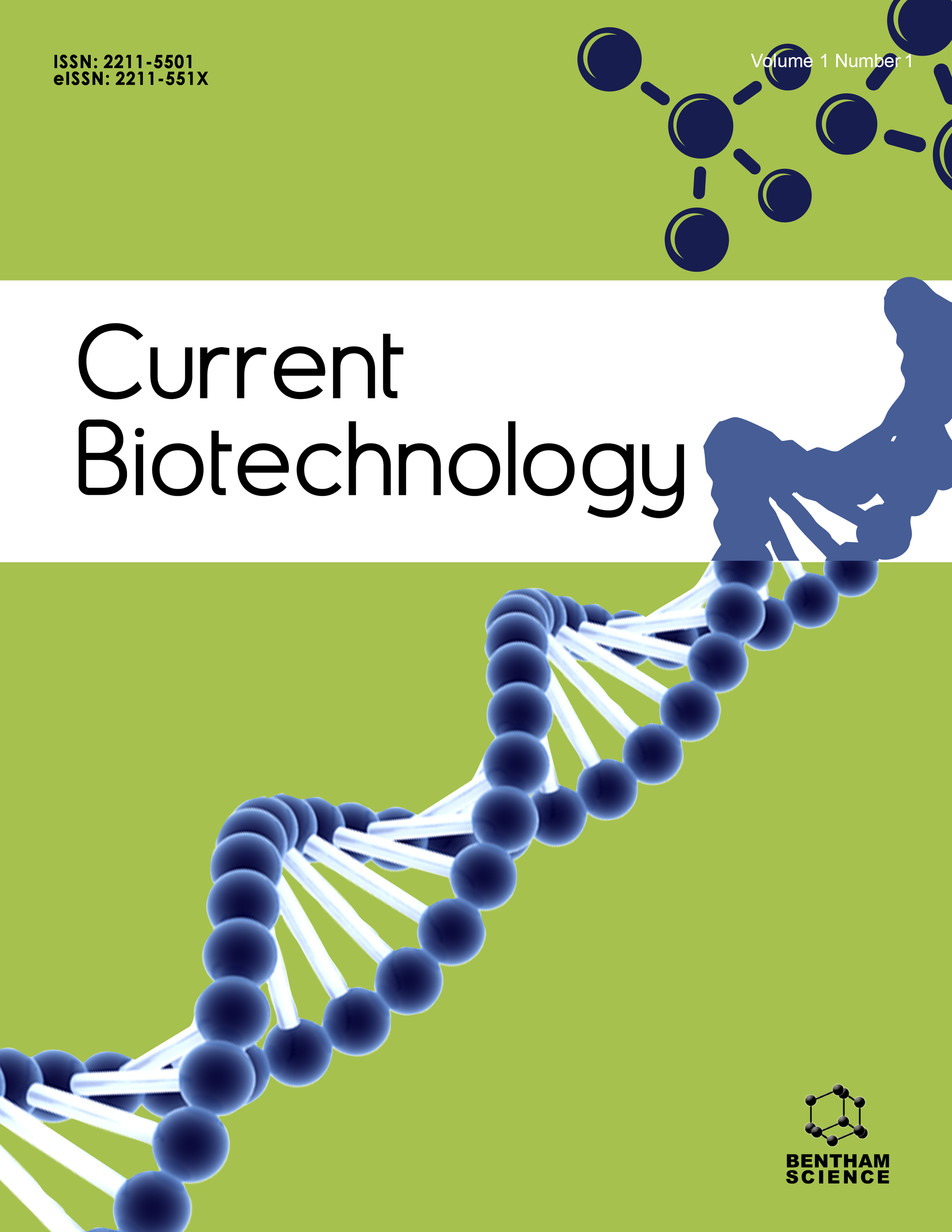
Full text loading...
We use cookies to track usage and preferences.I Understand
In this study, filamentous fungi from iron mining soils in the Amazon were isolated and identified as Talaromyces verruculosus, Trichoderma pseudoasperelloides, Penicillium rolfsii, Aspergillus cf. pseudoviridinutans, Aspergillus niger, Purpureocillium lilacinum, and Penicillium cf. guaibinense.
The objective of this study was to evaluate the isolated strains for radial growth rate (VCR) on solid media and liquid in the presence of metals.
All these strains showed adaptive behavior in the presence of metals (Fe2+, Mn2+, and Cr3+), but not significantly compared to controls.
The T. verruculosus strain was selected to evaluate its growth capacity in solid and liquid media, enriched with 1, 10, and 20 mg/L of iron, chromium, and manganese, respectively.
T. verruculosus strain showed tolerance to the concentrations of the metals studied. Therefore, we can suggest that this characteristic of metal tolerance (Fe2+, Mn2+, and Cr3+) exhibited by fungi isolated from Amazonian environments may indicate the potential for bioremediating areas polluted by heavy metals.

Article metrics loading...

Full text loading...
References


Data & Media loading...
Supplements

